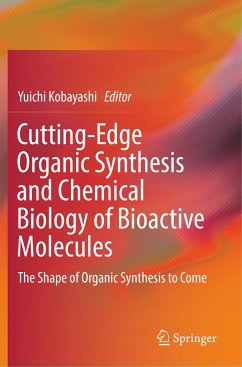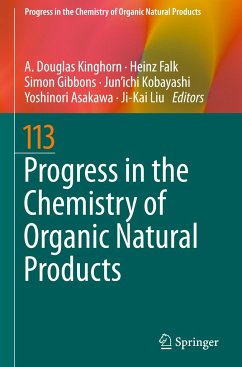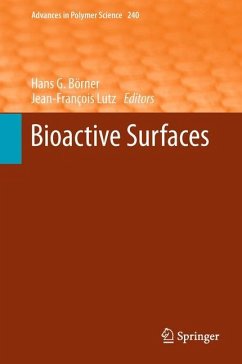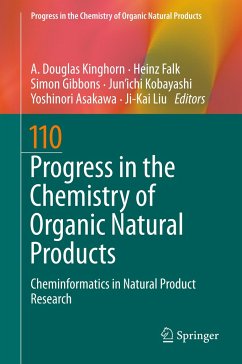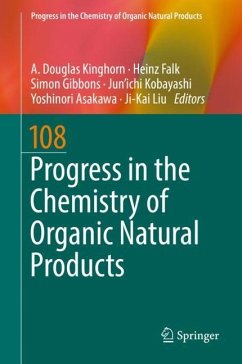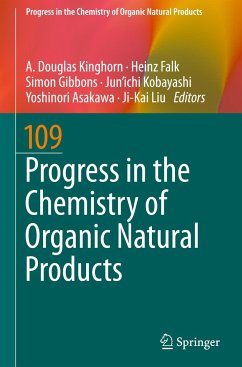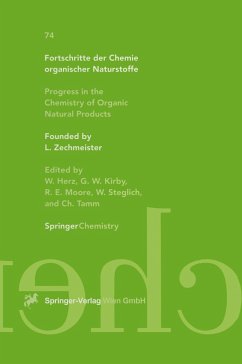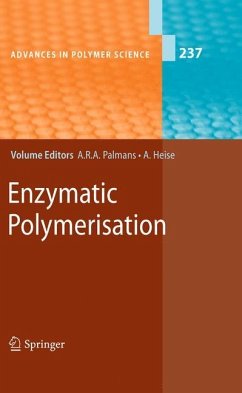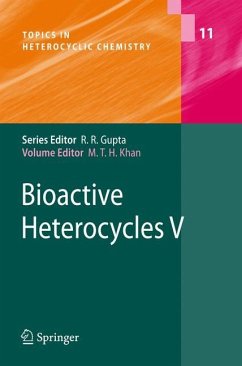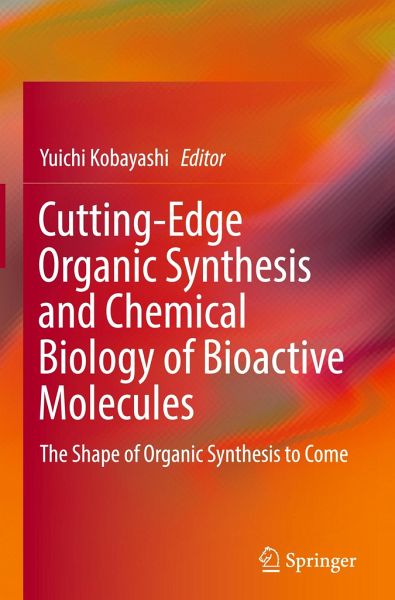
Cutting-Edge Organic Synthesis and Chemical Biology of Bioactive Molecules
The Shape of Organic Synthesis to Come
Herausgegeben: Kobayashi, Yuichi

PAYBACK Punkte
46 °P sammeln!
This book describes cutting-edge organic syntheses of biologically active compounds, isolation of pharmaceutically promising compounds from microorganisms, drug design, and progress on chemical biology. Synthetic strategy and tactics are summarized for super-carbon chain compounds, antitumor polycycles, aryl C-glycoside, antimycins, duocarmycins, cannabinoids, and other compounds. Special chapters are devoted to synthesis and biochemistry of fatty acid metabolites, which play a central role in the initiation and resolution of inflammation. The book provides a quick survey of trending topics in...
This book describes cutting-edge organic syntheses of biologically active compounds, isolation of pharmaceutically promising compounds from microorganisms, drug design, and progress on chemical biology. Synthetic strategy and tactics are summarized for super-carbon chain compounds, antitumor polycycles, aryl C-glycoside, antimycins, duocarmycins, cannabinoids, and other compounds. Special chapters are devoted to synthesis and biochemistry of fatty acid metabolites, which play a central role in the initiation and resolution of inflammation. The book provides a quick survey of trending topics in organic synthesis and chemical tools for biological investigation, and furnishes ideas for future research in organic synthesis. In addition, the contents can easily be understood by young chemists, graduate students, and those who are looking for new research based on organic chemistry.



